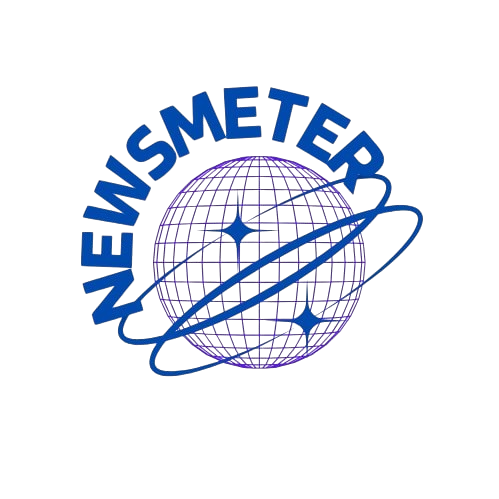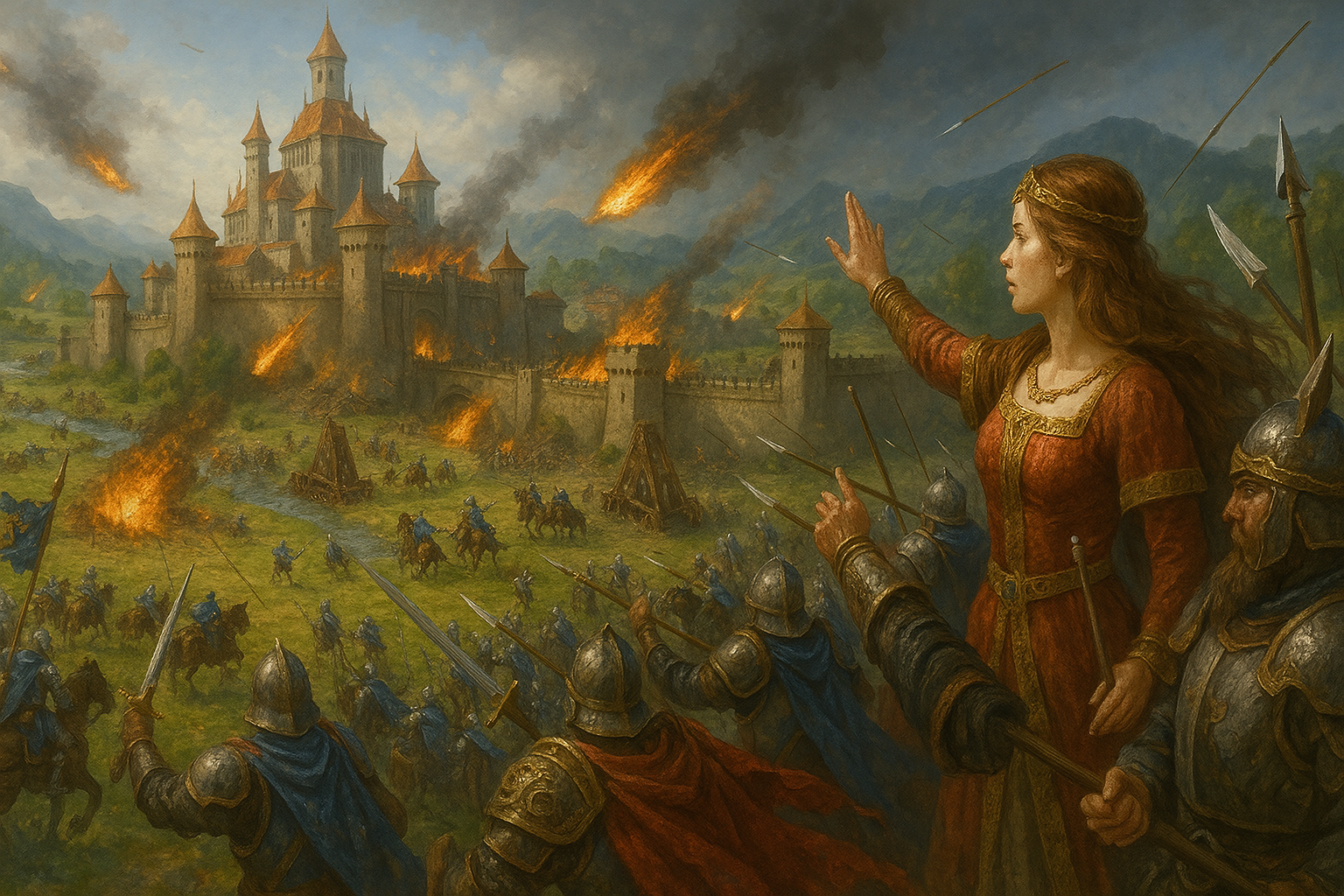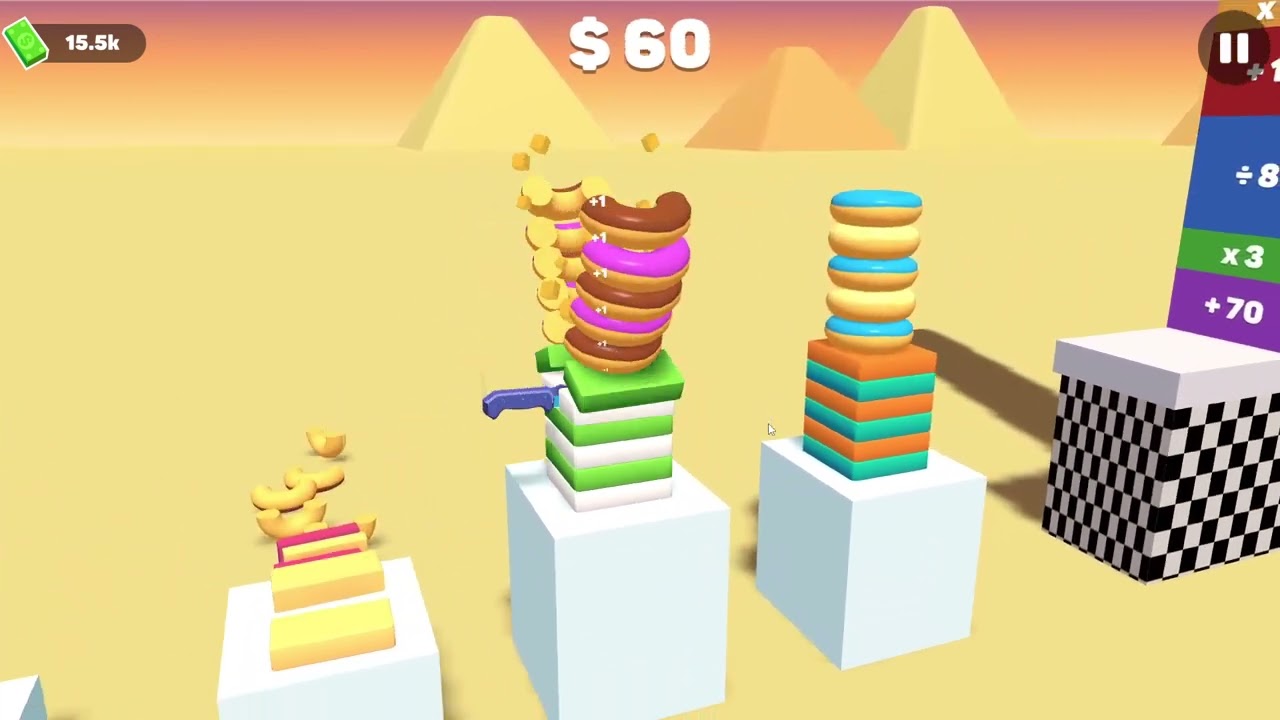Minecraft, the sandbox game released in 2009 by Mojang, has grown from a simple indie project into one of the most influential games of all time. With its blocky graphics, expansive worlds, and limitless creativity, Minecraft has captured the imaginations of millions. However, beyond its gameplay, another aspect that has contributed to the game’s iconic status is its use of Minecraft (2009) game icons banners. These visual elements have become symbols of the Minecraft community, representing everything from player identity to in-game achievements.
The Evolution of Minecraft’s Game Icons
Minecraft (2009) game icons banners have undergone significant changes since the game’s initial release in 2009. These icons, which appear on the game’s interface and in various in-game menus, serve as visual cues for players. They not only help to navigate the game’s expansive world but also add to the overall aesthetic and charm of Minecraft.
1. The Original Crafting Table Icon
One of the most recognizable icons in Minecraft is the crafting table. This icon represents the core mechanic of the game—crafting. In the early versions of Minecraft, the crafting table icon was a simple 3×3 grid. This basic design has remained consistent over the years, symbolizing the game’s emphasis on creativity and resourcefulness.
The crafting table icon has evolved slightly in terms of design, becoming more polished and detailed with each update. However, its fundamental representation of crafting has remained unchanged, making it a timeless symbol of Minecraft.
2. The Iconic Steve and Alex
Steve, the default male character, and Alex, the default female character, are two of the most iconic figures in Minecraft. Their blocky avatars have become synonymous with the game itself. These characters are not just avatars; they represent the player’s identity within the game.
The icons of Steve and Alex have been used in various contexts, from profile pictures to merchandise. Their simplicity and recognizability have made them enduring symbols of the Minecraft community. As the game has evolved, so too have these icons, with slight updates to their design while maintaining their original charm.
3. The Creeper: Minecraft’s Most Iconic Enemy
The Creeper is perhaps the most notorious enemy in Minecraft. Its distinct green, pixelated design and infamous hissing sound before it explodes have made it a memorable part of the game. The Creeper icon has been used extensively in the game’s interface, particularly in warning players of danger.
Over the years, the Creeper icon has been adapted into various forms of media and merchandise, from T-shirts to plush toys. Its instantly recognizable design has cemented its place as a central figure in Minecraft’s visual language.
The Role of Banners in Minecraft
Banners in Minecraft serve as decorative blocks that can be customized by players to display unique patterns and designs. Introduced in version 1.8, banners have become a popular way for players to express their creativity and represent their in-game achievements.
1. The Basics of Banner Crafting
Crafting a banner in Minecraft is a straightforward process that involves combining wool and a stick. However, the real fun begins when players start to customize their banners with various patterns. Players can create intricate designs using dyes, which can be applied in layers to create complex patterns.
The customization options for banners are nearly limitless, with players able to create everything from simple stripes to detailed images. This flexibility has made banners a popular choice for players looking to personalize their in-game spaces.
2. Using Banners for Player Identity
Minecraft (2009) game icons banners are often used by players to represent their identity within the game. In multiplayer servers, players can create banners that reflect their team’s colors or symbols.
This adds a layer of community and competition to the game, as players rally around their banners during in-game events.
Some players also use banners to mark their territory, placing them on their bases or buildings. This not only adds a personal touch to their creations but also serves as a way to distinguish their structures from others in the game.
3. Banners as In-Game Achievements
In addition to their decorative use, Minecraft (2009) game icons banners are also tied to in-game achievements. For example, players can earn specific banners by completing certain tasks or defeating powerful enemies. These banners serve as trophies, showcasing a player’s accomplishments within the game.
The introduction of banners as rewards has added a new layer of motivation for players, encouraging them to explore the game’s challenges and earn unique designs to display in their world.
The Cultural Impact of Minecraft’s Icons and Banners
The influence of Minecraft (2009) game icons banners extends far beyond the game itself. These visual elements have become symbols of the broader gaming culture, representing creativity, community, and the enduring appeal of Minecraft.
1. Icons and Banners in Minecraft Communities
Within the community of Minecraft (2009) game icons banners, they are often used to create a sense of identity and belonging. Players use these symbols to represent themselves in forums, social media, and even in real-world gatherings like MineCon. The crafting table, Creeper, and other iconic symbols of Minecraft are often seen on fan art, memes, and merchandise.
Banners, in particular, have become a way for players to showcase their skills and creativity. Online communities dedicated to Minecraft often hold competitions where players submit their most intricate and creative banner designs. These events foster a sense of camaraderie and encourage players to push the boundaries of what can be created within the game.
2. Merchandising and Pop Culture
The popularity of Minecraft’s icons and banners has led to their widespread use in merchandising. From T-shirts and backpacks to LEGO sets and action figures, the visual elements of Minecraft have been translated into various forms of merchandise. This has helped to solidify Minecraft’s place in pop culture, making it recognizable even to those who may not play the game.
The Creeper, in particular, has become a pop culture icon. Its distinct design and explosive behavior have made it a favorite among fans, leading to its appearance in various forms of media, including television shows, music videos, and even other video games.
3. Educational Use of Minecraft’s Visual Elements
Beyond entertainment, Minecraft’s icons and banners have found their way into educational settings. Educators use Minecraft as a tool to teach various subjects, from history and geography to computer programming and mathematics. The game’s visual elements, including its icons and banners, help to make learning more engaging and interactive.
For example, students might create banners to represent historical flags or use the game’s icons to navigate a virtual reconstruction of ancient civilizations.
This hands-on approach to learning has made Minecraft a valuable resource in classrooms around the world.
The Future of Minecraft’s Icons and Banners
As Minecraft continues to evolve, so too will its icons and banners. With each update, new visual elements are introduced, adding to the game’s rich tapestry of symbols. However, the core icons and banners that have been part of Minecraft since its early days will likely remain a central part of the game’s identity.
1. New Additions and Updates
Future updates to Minecraft will likely introduce new icons and banners, expanding the game’s visual language. These additions will provide players with even more options for customization and creativity. Whether it’s new enemies with their own unique icons or additional patterns for banners, these updates will keep the game fresh and exciting for both new and veteran players.
2. Community Contributions
The Minecraft community has always played a significant role in the game’s development. Player feedback and creations often influence future updates, and it’s possible that community-designed icons and banners could be officially incorporated into the game. This would further strengthen the connection between the developers and the players, making Minecraft a truly collaborative experience.
3. The Enduring Legacy of Minecraft’s Visual Language
Even as new games emerge and technology advances, the visual language of Minecraft—its icons, banners, and blocky aesthetic—will continue to be celebrated. These elements have become more than just parts of a game; they are symbols of a generation of gamers who grew up exploring, building, and creating in Minecraft’s vast world.
Wrapping Up
Minecraft (2009) game icons banners are more than just visual elements; they are an integral part of the game’s identity. From the iconic crafting table and Creeper to the customizable banners that allow players to express their creativity, these symbols have left a lasting impact on both the game and its community.
As Minecraft continues to grow and evolve, its icons and banners will remain a testament to the creativity, community, and enduring appeal that have made Minecraft a cultural phenomenon.













